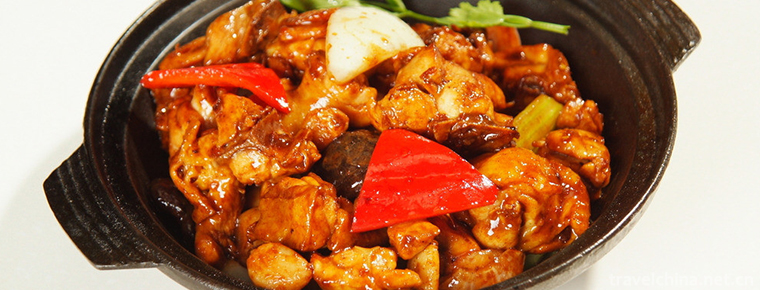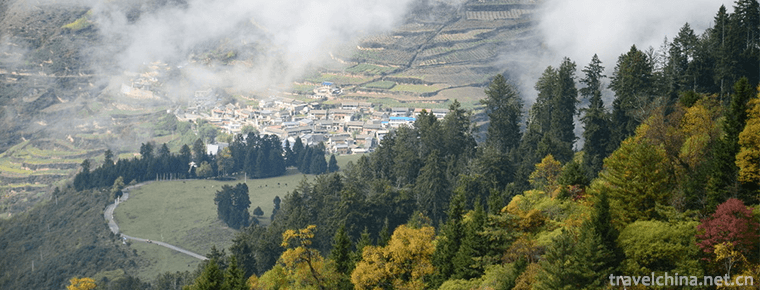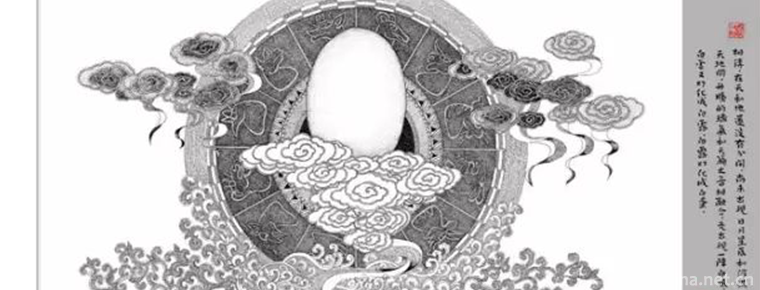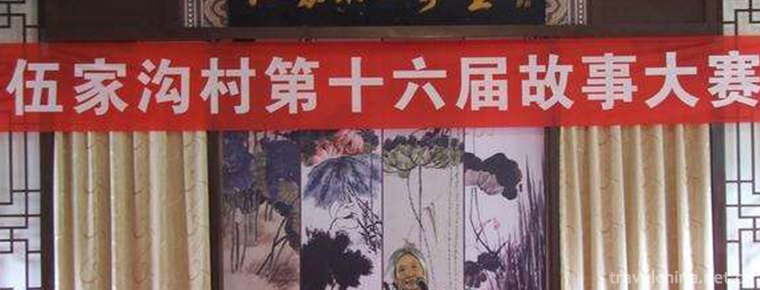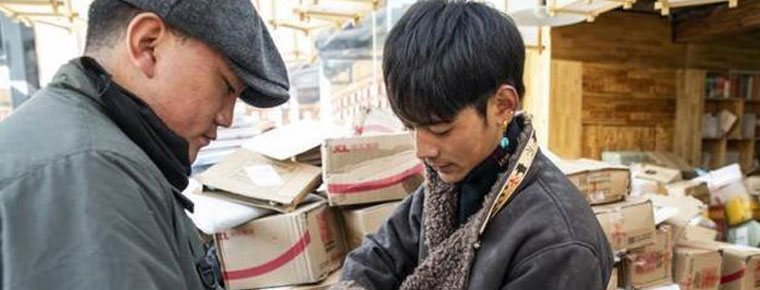Shangyang Dance
Shangyang Dance
Shangyang Dance, a traditional folk dance in Juancheng County, Shandong Province, is one of the national intangible cultural heritage.
Shangyang Dance originated in the northern part of Juancheng County and spread around Li Jinshitang Town and Old Town. It is represented by Xinggrang Village of Li Jinshitang Town. According to textual research, this dance originated in Shang and Zhou Dynasties, matured in the Spring and Autumn Period and the Warring States Period, and flourished in the Song and Ming Dynasties.
On June 7, 2008, Shangyang Dance was approved by the State Council of the People's Republic of China to be included in the second batch of national intangible cultural heritage list, the heritage number: III-49.
historical origin
"Shangyang Dance" is a kind of ancient sacrificial folk dance, which spreads around Xinggrang Village, Jiuyu Township, Juancheng County, Heze City. Juanyi in the Spring and Autumn Period was located on the Bank of the Yellow River in the contemporary era. By the Warring States Period, Juanyi was already a very prosperous city. According to "Puzhou Zhi. Historic Site", it said: "There are apricot granites in the three miles northeast of the old city." Is one of the eight scenic spots in Puzhou, "Xinggang spring red ten miles, night to listen to Gulin hit the evening bell" origin. The "Shang Yang Dance", which originated from the ancient apricot granite, continued after thousands of years.
The written record of Shang Yang Dance was first found in Confucius Jiayu. Documentation: "Qi has enough birds, flying in the Gong Dynasty, down to the front of the palace, jumping with ease of wings, Qi Hou weird. When he hired Lu to confucius, Confucius said, "This bird is called Shang Yang, and the water sample is also like this." It's raining heavily and the merchant sheep are encouraged. Now it's all there. It's time to call on the people urgently. There will be floods and heavy rains on hectares, flooding all countries and hurting the people. Only when we are ready and invincible can we build dikes and ditches.
Pu Songling in the Qing Dynasty also described the Shang Yang Dance in his "Dancing God" chapter of "Strange Tales from a Liaozhai Studio": "Women wear short skirts to make Shang Yang Dance." At the end of the Qing Dynasty, Jinan and Beijing invited witches to be God dancers, all of them succeeded in "Shangyang Dance". The primitive and simple "Shangyang Dance" adds some mystery to it because of the wizard's use in dancing to catch ghosts and gods.
In 1956, four literary and artistic workers from the Political Department of the Beijing Military Region came to Juancheng to rehearse the Shang Yang Dance with the artists who danced the Shang Yang Dance. These four artists repeatedly told the dancers that the Shang Yang Dance was an endangered ancient dance, and only the apricot granite remained in China, hoping to attract attention and be passed down from generation to generation. In the same year, Zhao Zilin, a dancing beauty worker in the county cultural hall, excavated and sorted out the Shang Yang Dance and moved it to the art stage to participate in the folk dance concert in Shandong Province.
In January 2005, the Chinese Opera Research Institute and some experts and professors from the Music Department of Shandong Normal University attended the performance of Shangyang Dance in Xinggrang. In contemporary times, Shang Yang Dance is again active among the people in Juancheng, sometimes performing simultaneously with such folk art forms as stilts, floats, early boats, dragon and lion dances.
In April 2007, Juancheng County Bureau of Culture and Sports appointed a special person to discuss with the old artists in Xinggrang, recorded the Shangyang Dance in writing and recorded the video, and made a careful register of the genealogical inheritors of the dance.
Inheritance and Protection
Inheritance value
Shang Yang Dance is a folk dance with local and folk characteristics. It is deeply rooted in rural folklore. For thousands of years, it has been an art form loved by the working people and a "local treasure" in the treasure house of Chinese traditional culture. It is a prominent manifestation of Juancheng people's traditional culture. It contains the spirit of expectation, belief, value orientation, and involves all aspects of Juancheng Festival customs. It has the special value of Anthropology and folklore research materials, and has attracted the attention of Chinese and foreign academic circles.
Heritage figures
Chen Yuying, female, the representative successor of the fifth batch of national intangible cultural heritage projects (Shangyang Dance), was declared by Juancheng County, Shandong Province.
protective measures
In 1956, after the excavation and arrangement of Zhao Zilin, an old artist, Shangyang Dance was put on the cultural stage.
In 1990, Shangyang Dance was included in the Folk Dance Chapter of the Great Dictionary of Chinese Folk Art.
In October 1995, Juancheng County Culture and Sports Bureau and Radio and Television Bureau jointly reorganized and restored Shangyang Dance, started to select and train new people, and recorded the "Shangyang Dance" CD-ROM.
In 2006, Shangyang Dance was listed in Shandong intangible cultural heritage list by the State Council of the People's Republic of China.
In August 2014, the Dance Academy of Shandong Art Academy "Research Shandong" team went to Heze Juancheng County to carry out a field research entitled "Feasibility Investigation of Shandong intangible cultural heritage dance into classroom - Take Shangyang Dance in Juancheng County as an example".
social influence
On September 14, 2018, Shang Yang Dance, which was promoted by Juancheng County, appeared as the only folk dance selected by Heze in the performance of Beijing National Theatre, demonstrating Juancheng culture and characteristics of folk dance.
On September 25, 2018, Shang Yang Dance was displayed in Heze Peasant Games and Juancheng First Peasant Games, which celebrated the "Chinese Peasant Harvest Festival".
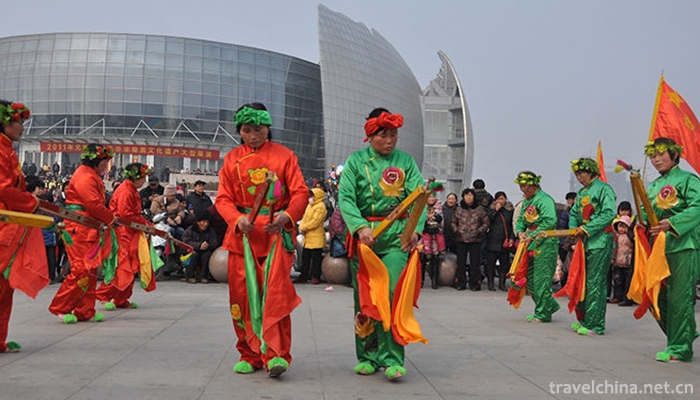
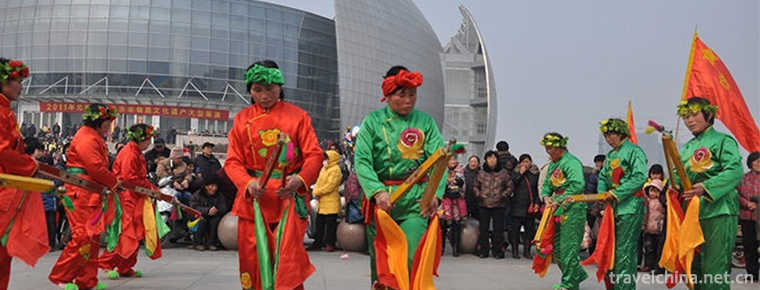
Shangyang Dance
-
Cantonese preserved rice
Cantonese sausage cooked rice is made from sausage, liver sausage, bacon, bacon cake, bacon duck, onion or coriander.
Views: 563 Time 2018-11-02 -
Size Dongtian Scenic Spot
The Size Dongtian Scenic Area (formerly known as the Haishan Scenic Spot and Aoshan Scenic Spot) is located in the southern corner of Hainan Province, 40 kilometers west of Sanya City
Views: 410 Time 2019-01-07 -
Huguangyan Scenic Spot
Huguangyan Scenic Spot is located 18 kilometers southwest of Zhanjiang City, the southernmost part of the mainland of China. It is called "natural yearbook" of earth and geological science b
Views: 204 Time 2019-01-16 -
La Ga Shan
La'er Mountain is located in the South Bank of Bailong River in the southeast of Lijie Township, Zhouqu County, Gansu Province, 12 kilometers away from 313 provincial roads
Views: 141 Time 2019-01-29 -
Dabie Mountain Folk Songs
Dabie Mountain folk song is a traditional folk song widely circulated in the west of Anhui Province. With the unique regionality of the interdependence of mountains and rivers
Views: 261 Time 2019-04-23 -
Black On White
The Black-and-White War is a comic book about the Naxi epic Black-and-White War, which consists of seven chapters.
Views: 369 Time 2019-05-03 -
Drama Costume and Opera Production Skills
Drama costume and costume production skills, local traditional handicraft in Suzhou City, Jiangsu Province, one of the national intangible cultural heritage.
Views: 155 Time 2019-05-08 -
Wujiagou Folk Stories
Wujiagou folktales originated in Wujiagou Village, Liuliping Town, west of Danjiangkou City, Hubei Province. They are a wonderful flower in the garden of Chinese traditional folk literature. They advo
Views: 195 Time 2019-06-29 -
Chunqiu Temple
Chunqiu temple, also known as Chunqiu pool and Chunqiu Pavilion, is located in Yandian street, Xuyong county (Xuyong town), Luzhou City, Sichuan Province. It is mainly dedicated to Guan Sheng emperor. It is said that Guan Yu likes to read the biography of the left family in the spring and Autumn period, so it is named Chunqiu temple.
Views: 250 Time 2020-10-15 -
Ding Zhen from the plateau Village
The 20-year-old Tibetan boy is from a small mountain village in Litang County, Ganzi Tibetan Autonomous Prefecture, Sichuan Province. More than 20 days ago, a photographer released a short video on the short video platform, which made Ding Zhen
Views: 90 Time 2020-12-07 -
National characteristics of Chinese embroidery
Nationality is the distinctive feature of Qinghai Folk Embroidery. In the long process of development, Qinghai embroidery has formed its own unique style. Due to the consistency of language, religious belief, festival etiquette, culture and entertainment,
Views: 381 Time 2020-12-12 -
Climate of Yibin
Yibin City has a humid monsoon climate in the middle subtropics, and the low hills and river valleys have the climate attributes of south subtropics. It has the characteristics of mild climate, abundant heat, abundant rainfall, suitable illumination, long fr
Views: 368 Time 2020-12-18
